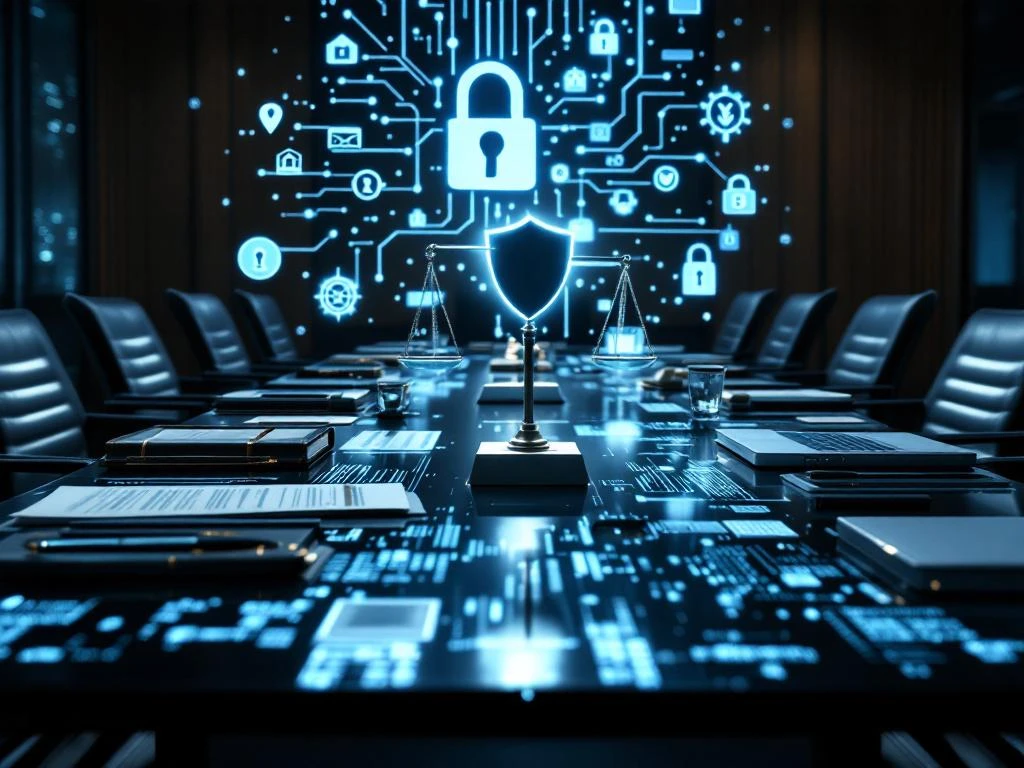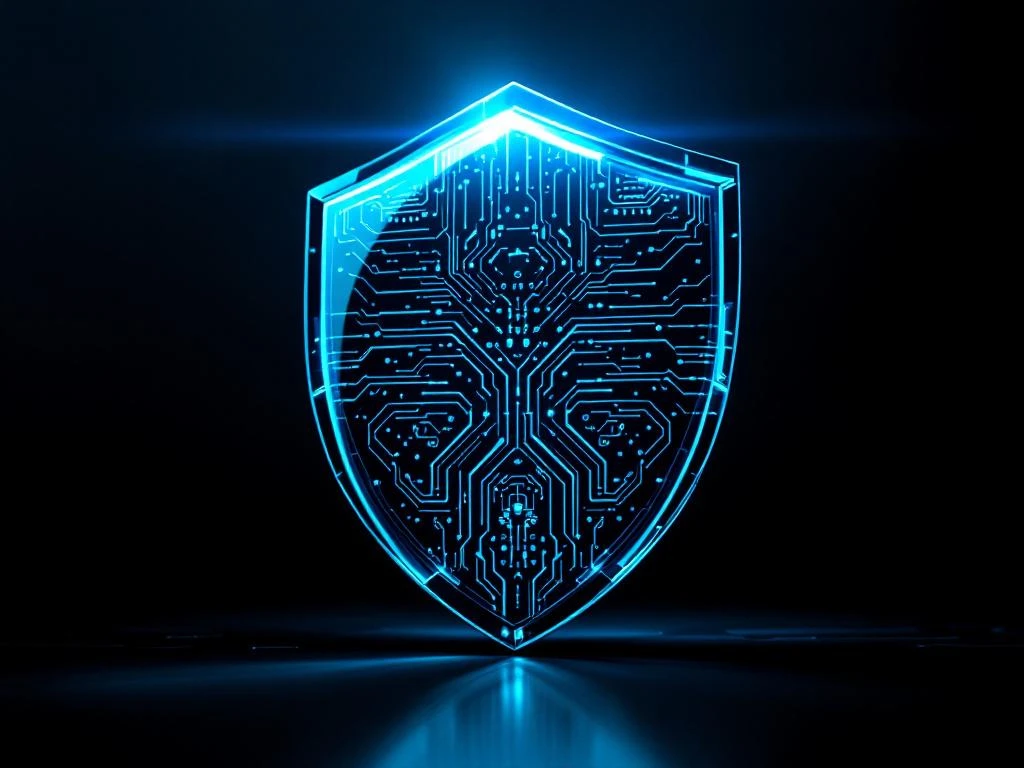When a data breach hits your organisation, the immediate focus shifts to containment and recovery. But beneath the surface, a complex web of legal proceedings often unfolds, requiring precise coordination between cybersecurity teams and legal counsel. The technical evidence your cyber team collects becomes the foundation for potential litigation, regulatory responses, and insurance claims.
For Heads of Cyber, understanding how to support legal efforts isn’t just about compliance. It’s about ensuring your technical expertise translates effectively into courtroom evidence. This means adapting your investigation methods, documentation practices, and communication strategies to meet legal standards while maintaining operational security.
Why data breach litigation demands cybersecurity expertise
Data breach litigation operates at the intersection of highly technical cybersecurity concepts and complex legal frameworks. Courts must understand intricate attack vectors, system vulnerabilities, and digital forensics evidence to make informed decisions about liability, damages, and regulatory compliance.
The critical need for cybersecurity expertise in litigation stems from several key factors:
- Technical translation requirements – Legal teams rely on cybersecurity professionals to translate technical findings into comprehensible narratives that judges and juries can follow, ensuring technical evidence maintains its impact in legal proceedings
- Evidence complexity management – Cybersecurity incidents generate massive amounts of digital evidence, from network logs and system artifacts to malware samples, requiring experts who understand which evidence supports specific legal arguments
- eDiscovery sophistication – Modern litigation involves complex discovery processes where understanding data structures, encryption methods, and system architectures helps legal teams identify relevant evidence efficiently and avoid costly mistakes
- Regulatory compliance demands – Multiple authorities expect detailed technical explanations of security failures, response measures, and remediation efforts that satisfy both technical accuracy and legal requirements
This convergence of technical complexity and legal precision creates an environment where cybersecurity expertise becomes indispensable for successful litigation outcomes. The stakes are particularly high given the financial and reputational consequences of data breaches, making the quality of technical evidence presentation a critical factor in case resolution.
How cyber leaders bridge technical evidence and legal requirements
Translating complex cybersecurity findings into legally admissible evidence requires specific skills and systematic approaches. Cyber leaders must understand both the technical nuances of their investigations and the procedural requirements that courts demand.
The bridge between technical evidence and legal requirements involves several critical capabilities:
- Enhanced documentation standards – Every log file analysis, forensic examination, and incident response action needs clear documentation that explains methodology, findings, and conclusions in accessible language while maintaining technical accuracy
- Chain of custody management – Digital evidence must maintain integrity from initial collection through courtroom presentation, requiring strict access controls, detailed handling logs, and collaboration with forensic specialists
- Visual communication techniques – Creating attack timeline representations, system vulnerability diagrams, and executive summaries that capture complex technical processes in clear, compelling language without losing impact
- Expert witness preparation – Senior cyber professionals must explain technical evidence under cross-examination, requiring deep understanding of both technical details and legal theories while maintaining credibility under questioning
- Timeline coordination skills – Technical investigations must align with legal discovery schedules, prioritising evidence collection based on legal relevance while ensuring security remediation doesn’t compromise potential evidence
These capabilities transform cyber leaders from technical specialists into strategic partners who can navigate both domains effectively. The development of these skills ensures that critical technical evidence supports broader legal objectives while maintaining the scientific rigour that courts require for admissibility.
Building effective collaboration between cyber and legal teams
Successful data breach litigation depends on seamless collaboration between cybersecurity professionals and legal counsel. This partnership requires clear communication protocols, defined roles, and shared understanding of both technical and legal objectives.
Effective collaboration frameworks incorporate several essential elements:
- Structured communication protocols – Regular briefing schedules ensure legal teams stay informed about technical developments while cyber teams understand evolving legal strategies, creating alignment throughout lengthy proceedings
- Clear role definitions – Cyber leaders handle technical evidence collection, system analysis, and expert testimony preparation, while legal teams manage procedural requirements and courtroom strategy, preventing confusion and ensuring comprehensive coverage
- Shared responsibility frameworks – Both teams understand their interdependencies, with legal teams relying on cyber professionals for accurate technical analysis while cyber teams depend on legal guidance for litigation alignment
- Cross-functional training initiatives – Legal professionals gain technical literacy for better questioning and evidence understanding, while cyber professionals develop legal awareness that improves documentation and communication practices
- Regular case review processes – Systematic progress assessments allow teams to identify gaps and adjust strategies based on new developments, ensuring technical investigations remain aligned with legal objectives
This collaborative approach extends beyond internal teams to include external relationships with forensic consultants, expert witnesses, and regulatory authorities. The partnership creates a unified front that can respond effectively to the complex demands of data breach litigation while maintaining both technical excellence and legal precision.
What cyber leaders need to know about litigation timelines
Legal proceedings operate on different timescales than typical cybersecurity incident response, creating tension between immediate security needs and long-term litigation requirements. Understanding these timelines helps cyber leaders balance competing priorities effectively.
Critical timeline considerations include:
- Extended discovery processes – Legal proceedings can extend for months or years, requiring sustained availability of technical evidence and expert knowledge while maintaining operational security and system performance
- Court schedule misalignment – Legal deadlines rarely align with technical investigation timelines, creating pressure to accelerate certain analyses while delaying others based on legal relevance rather than technical complexity
- Regulatory deadline constraints – Multiple regulatory requirements impose additional constraints, requiring cyber leaders to understand which findings need immediate reporting versus those allowing more thorough analysis
- Operational security conflicts – Ongoing security operations may conflict with evidence preservation requirements, as systems needing patches or updates could alter evidence, requiring careful coordination
- Settlement negotiation impacts – Changing legal strategies can dramatically alter technical requirements, sometimes eliminating extensive forensic analysis needs or creating new demands for specific evidence types
- Long-term appeal considerations – Appeal processes may resurrect technical questions years after initial proceedings, requiring maintenance of detailed records and expert knowledge long after incident response concludes
These timeline complexities demand flexible resource allocation and strategic planning that accounts for both immediate security needs and potential long-term legal requirements. Success requires cyber leaders who can adapt their approach based on evolving legal strategies while maintaining the technical rigour necessary for effective evidence presentation.
The intersection of cybersecurity expertise and legal requirements creates unique challenges that demand specialised knowledge and careful coordination. Success requires cyber leaders who understand both technical excellence and legal precision, supported by legal teams who appreciate the complexities of digital evidence.
For organisations building these capabilities, the investment in cross-functional expertise pays dividends far beyond individual litigation cases. It creates institutional knowledge that improves incident response, strengthens regulatory compliance, and builds the foundation for successful outcomes when legal challenges arise.
At Iceberg, we understand these complex requirements because we work daily with cybersecurity professionals and eDiscovery specialists who navigate these challenges. Our network includes experts who have successfully bridged technical and legal domains, helping organisations build the capabilities they need for effective data breach litigation support.
















